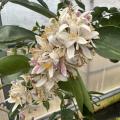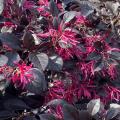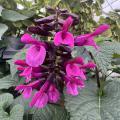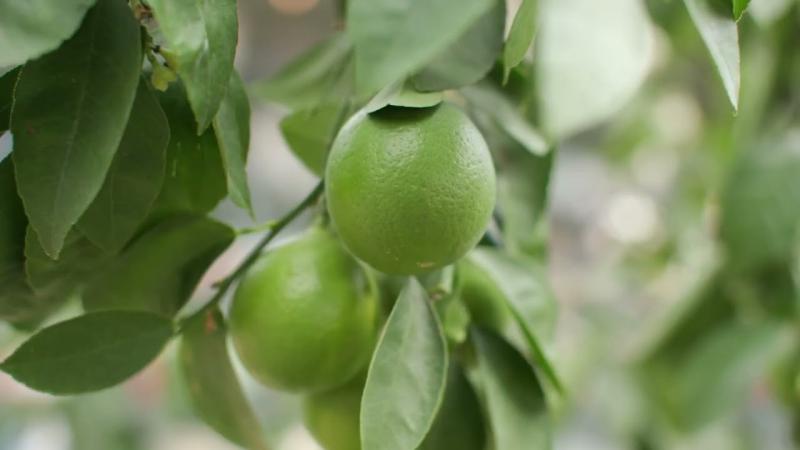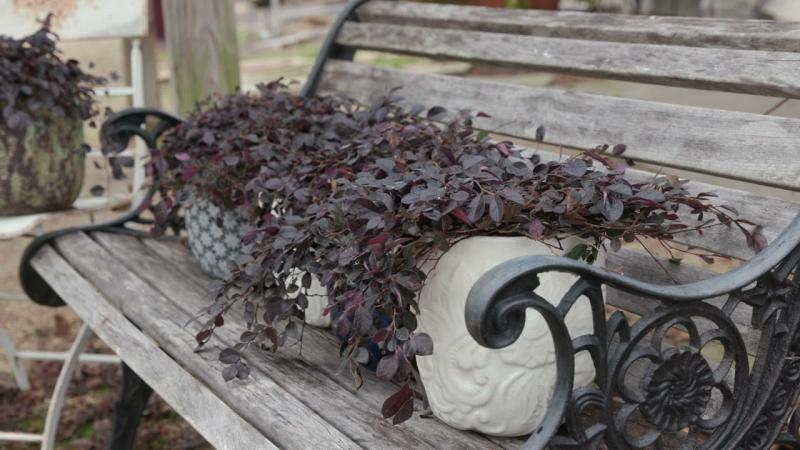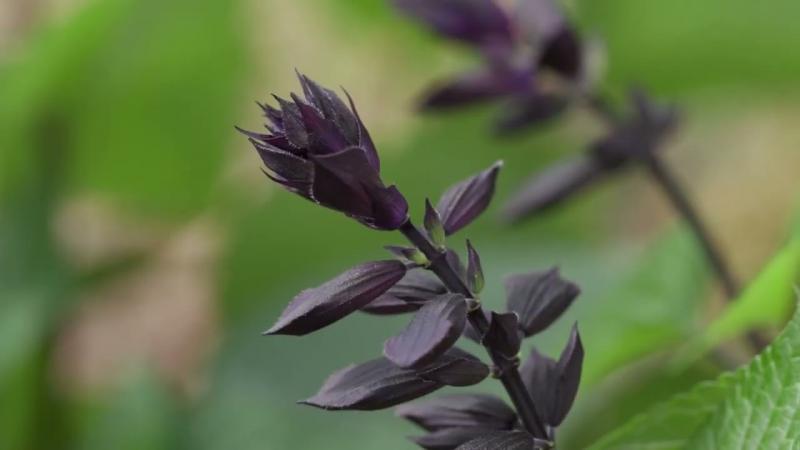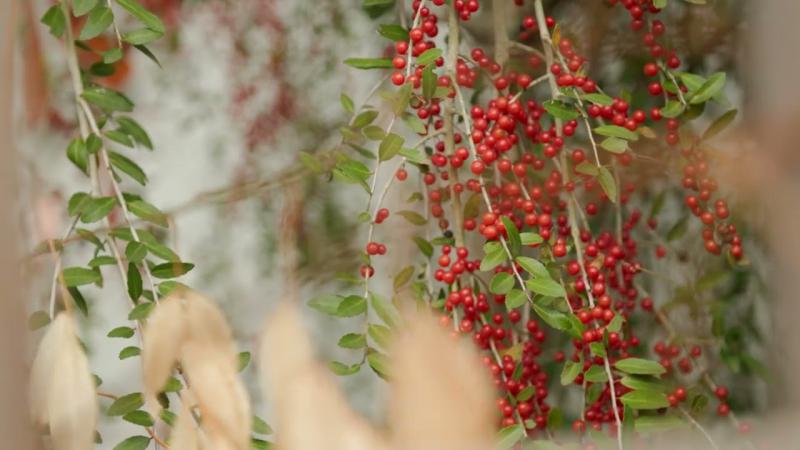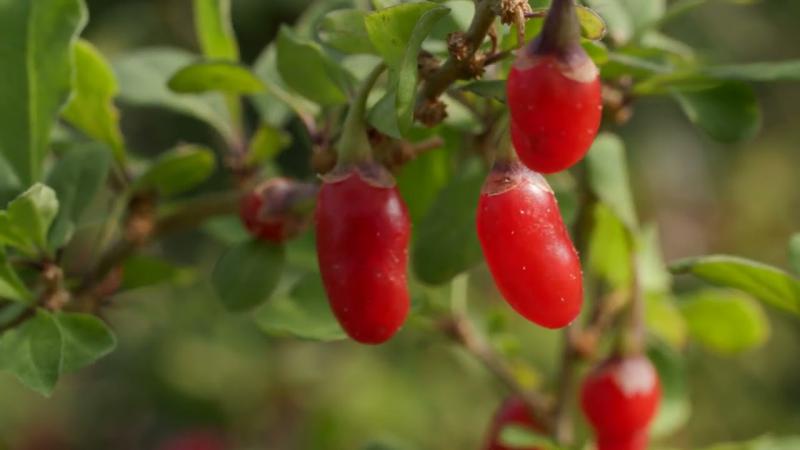Perennial Flowering Plants in Mississippi
Perennials are plants that live for several years and often require two or more years from seed to flower. There is a renewed interest in herbaceous perennials because they need less maintenance, less water, and fewer pesticides than annuals. Many gardeners include flowering bulbs and ornamental grasses in this category. Once prominent in many landscapes, these enduring plants are being rediscovered for their dependable seasonal effects.
Unlike trees and woody shrubs, which are also perennials, herbaceous perennials are those that appear to die down part of the year, only to emerge again the following season from underground roots, stems, bulbs, or rhizomes. The simple term "perennial" is commonly used when referring to herbaceous perennials.
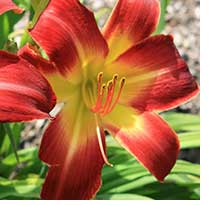 Perennials are easily used as ground covers, mixed with annuals, grown in containers, and used as accents or specimen plants. Many perennials are short bloomers and are best mixed with others that bloom at different times or included with other landscape plants as part of an overall design. Other perennial plants, such as ferns and monkey grass, are more noted for their foliage than their flowers. Inclusion of these plants adds interest and creates seasonal color or texture to the landscape.
Perennials are easily used as ground covers, mixed with annuals, grown in containers, and used as accents or specimen plants. Many perennials are short bloomers and are best mixed with others that bloom at different times or included with other landscape plants as part of an overall design. Other perennial plants, such as ferns and monkey grass, are more noted for their foliage than their flowers. Inclusion of these plants adds interest and creates seasonal color or texture to the landscape.
Favorite perennials, including many herbs and native wildflowers, have long been shared by gardeners and sold through garden centers and mail-order nurseries. Many are treasured by gardeners as heirloom plants and have proven themselves to be hardy enough to withstand our weather and climate extremes, often with little care. Others are exciting new discoveries or hybrids and may take several years to prove themselves in Mississippi gardens. However, there are a good many perennial plants that simply do not survive for more than a year or two in our warm, humid climate, just as some of our favorites will not survive long in colder areas of the United States.
Most annuals are planted in spring and are killed by frost in the fall. However, some, including pansies, ornamental cabbage, and dill are tolerant of our winters and are best planted in the fall for color throughout the winter. These are usually killed by the heat of early summer.
Some annuals, such as gomphrena, cosmos, and coreopsis reseed themselves, yielding several years of pleasure with minimal care. Annuals come in a variety of colors, heights, and textures, and their uses are almost unlimited. Unbeatable in masses of solid or mixed colors, annuals are also very effective in small groups or used to soften lines and accent borders.
See more about perennial flowering plants:
Publications
News
Growing citrus in containers has been a rewarding experience for me and some of my friends, and it might be something you should consider for your own landscape.
Loropetalums have a bold beauty in landscapes that I admire, but I’ve noticed that the traditional, large varieties can sometimes be a bit overwhelming in small garden spaces.
If you’re looking for plants that are easy to grow, bloom nonstop and attract a flurry of pollinators, let me introduce you to two standout salvias: Rockin’ Deep Purple and Unplugged Pink.
These vibrant, long-blooming beauties not only add stunning color to the garden but also provide essential nectar for hummingbirds, butterflies and bees.
Success Stories
Known around Cleveland, Mississippi as “The Rose Lady,” Jane Dunlap marked 30 years as a Master Gardener in 2024, but her home county lacked its own chapter for the first half of that span.
Robin Whitfield, who gave the child the paper, stands awestruck, watching her friend’s daughter use the flower to draw and color on the page.
Susie Harmon laughs when she relates her granddaughter’s observation of her favorite pastime.


